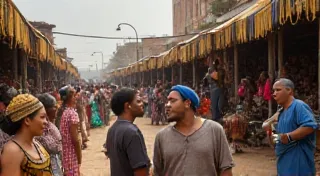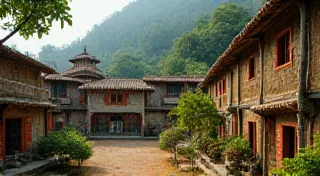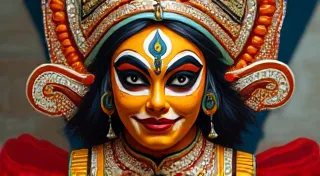The Tales of the Sami People: Legends of the Arctic Circle
The Sami people, also known as the Sámi, are the Indigenous people inhabiting Sápmi, a region encompassing northern Norway, Sweden, Finland, and the Kola Peninsula of Russia. Their history and culture are deeply intertwined with the harsh but beautiful Arctic landscape, and this connection is vividly reflected in their rich storytelling traditions. These oral traditions are more than just entertainment; they are repositories of history, moral lessons, and a profound understanding of the natural world.
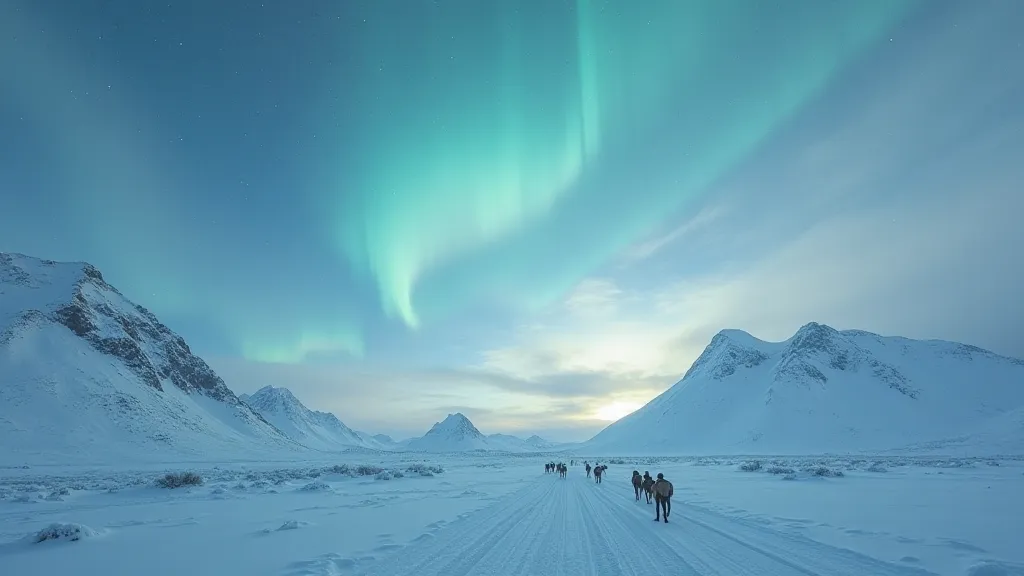
A World Shaped by Reindeer Herding and the Natural World
For millennia, reindeer herding has been central to Sami life, and its influence permeates their storytelling. Many tales feature reindeer, not just as a source of sustenance and clothing, but as sacred animals with spiritual significance. The Sami respect the reindeer and the environment, and their folklore reflects this deeply rooted connection. Stories often convey the importance of careful resource management and the consequences of disrespecting the land.
The harsh Arctic environment itself becomes a character in many Sami stories. Tales of the North Wind, the spirits of the lakes, and the personification of mountains illustrate the power and unpredictability of nature. Survival is a recurring theme, with stories often portraying ingenuity and resilience in the face of adversity. The knowledge needed to navigate the terrain, predict the weather, and understand animal behavior is vital, and is often shared through narratives passed down through generations.
Mythology and Shamanism: Guiding Spirits and the Soul’s Journey
Sami mythology is animistic, meaning that spirits are believed to inhabit all aspects of the natural world. These spirits aren’t necessarily benevolent or malevolent; they simply *are*, and interact with humans based on respect and interaction. The seiddre, natural features imbued with spiritual power – rocks, lakes, mountains – are places where these spirits reside.
Historically, Sami culture featured shamans, known as noaidi, who acted as intermediaries between the human world and the spirit realm. They performed rituals, healed the sick, and guided the souls of the deceased. Stories about the noaidi and their journeys to the land of the dead are some of the most captivating and mysterious in Sami folklore. These tales often describe encounters with powerful spirits and the trials faced by those who dared to venture beyond the veil.
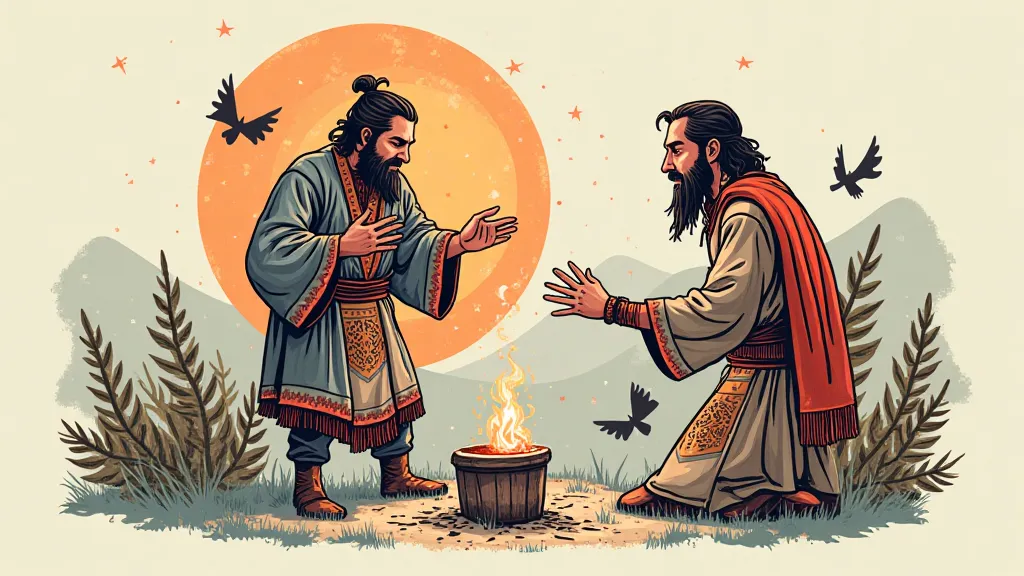
Common Themes and Storytelling Forms
Several recurring themes underpin Sami storytelling. Respect for elders and adherence to tradition are crucial. The importance of community and cooperation is emphasized. Stories often serve as cautionary tales, demonstrating the consequences of breaking taboos or acting selfishly. The concept of mánnagáhtti, a spiritual dimension overlapping with the physical world, is also frequently explored, blurring the lines between reality and the supernatural.
While many stories are narrative tales, Sami storytelling also incorporates elements of song and poetry. Joiks, unique vocal performances that mimic natural sounds and often tell a story about a person, animal, or place, are an integral part of Sami cultural heritage. These improvisational songs are a testament to the Sami people’s creativity and their deep connection to the land.
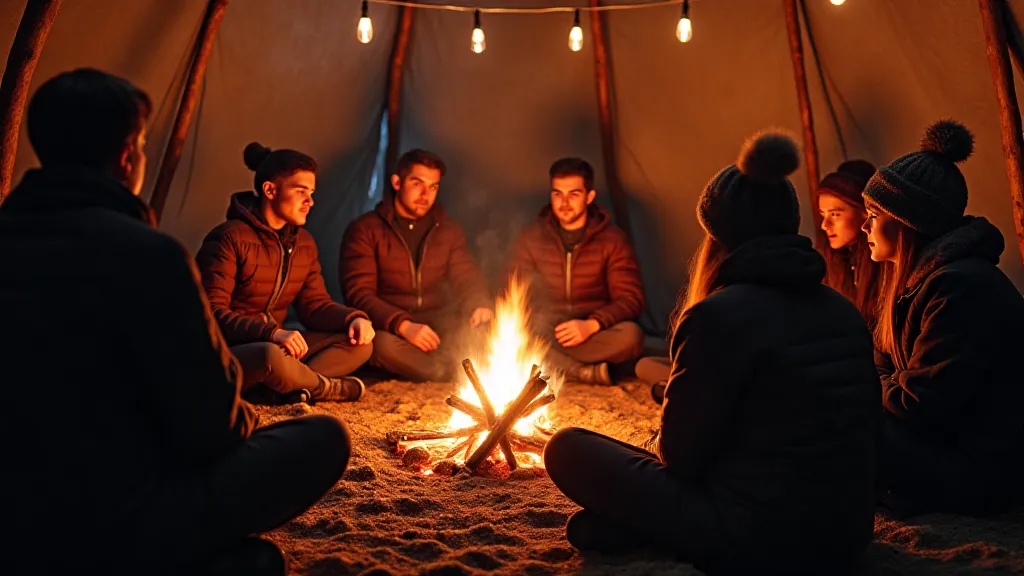
Preserving a Living Tradition
Despite the pressures of assimilation and modernization, Sami storytelling traditions have endured. Efforts are underway to revitalize Sami languages and to document and share these stories with younger generations. The stories of the Sami people are a vital part of the Arctic Circle’s cultural heritage – a living testament to the resilience, wisdom, and profound connection to nature of a remarkable people.

